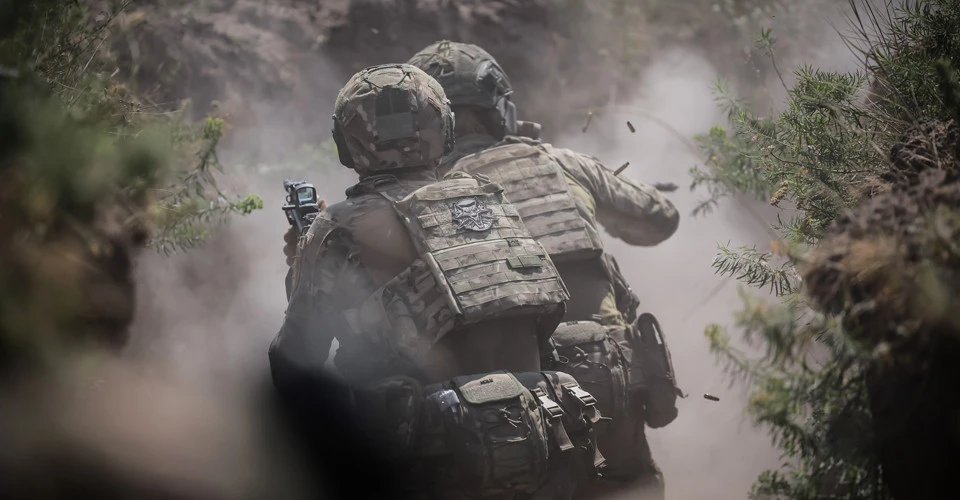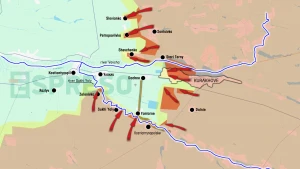
Expert names conditions under which Ukraine’s Kursk operation will be long-term success
Pavlo Lakiychuk, Head of security programs at the Strategy XXI Center for Global Studies, said that the advance of the Ukrainian Armed Forces in the Kursk region has decreased due to the long front line and the importance of ensuring defense on the flanks
He said this on Espreso TV.
“The Ukrainian army continues to advance in the Kursk region. However, we should not be surprised that the pace of our troops' advance has slowed down. This is normal, as the area of combat operations is very large. We need to protect the flanks and bring in second echelons of reserves to ensure that this operation has long-term prospects. On the other hand, despite the success of our troops in the Kursk region, the Russians are not going to slow down their offensive in the east of our country,” explained Lakiychuk.
The expert noted that the situation in the Pokrovsk direction remains very difficult.
“It seems that the Russians are ready to do anything to advance in the Donetsk region. After the Ukrainian Armed Forces' offensive in the Kursk region, the intensity of the enemy's offensive in Donetsk region has even increased. The power of their attacks in the Pokrovsk sector has grown significantly. The situation there is very difficult,” he added.
Ukraine’s cross-border incursion in Russia’s Kursk region
On August 6, the authorities of Russia's Kursk region stated that the Ukrainian Armed Forces allegedly tried to break through the Russian border, but were pushed back. Later, the Russian Defense Ministry reported that "the Ukrainian sabotage and reconnaissance group retreated to its territory.”
On August 7, Kremlin leader Vladimir Putin convened the Russian military leadership to discuss the situation in the Kursk region, which he called a "large-scale provocation." At the time, Russian Foreign Ministry spokeswoman Maria Zakharova called on the international community to "strongly condemn the Kyiv regime's criminal attacks on Russian territory."
On August 10, President Zelenskyy called the operation in the Kursk region “pushing the war into the aggressor's territory.” At night of the same day, the authorities introduced a counterterrorism operation in the Bryansk, Kursk, and Belgorod regions of Russia.
On August 14, it became known that the Ukrainian military had formed a “sanitary (buffer) zone” for self-defense in the Kursk region of Russia. It is planned to open humanitarian corridors for the evacuation of civilians, and if necessary, military commandant's offices will be established in the Russian region.
At a meeting with the president on August 15, Ukrainian Armed Forces Commander-in-Chief Oleksandr Syrskyi said that Ukraine had established the first military commandant's office in the Kursk region to provide humanitarian aid to local residents.
At the same time, Ukraine's Ministry of Reintegration of the Temporarily Occupied Territories, together with the military, is currently working on a possible route for a humanitarian corridor for civilians from Kursk to Sumy.
On August 15, The Independent reported that about 2,000 Russian servicemen were captured during an operation by the Ukrainian Armed Forces in the Kursk region.
Ukrainian troops continue to conduct operations in the Kursk region. As of August 19, the Ukrainian Armed Forces took control of 92 settlements.
On August 20, Russian President Vladimir Putin ordered the military to drive Ukrainian forces out of the Kursk region by October 1, 2024.
On August 20, Commander-in-Chief of the Armed Forces Oleksandr Syrskyi said that the Ukrainian military controlled 1,263 square kilometers in the Kursk region, including 93 settlements.
- News














































